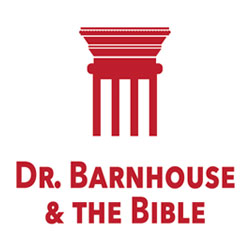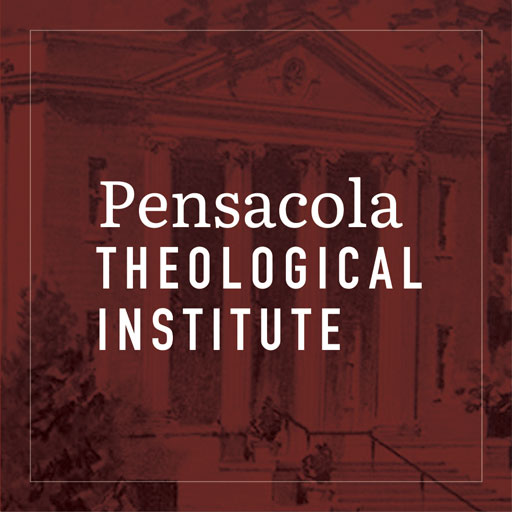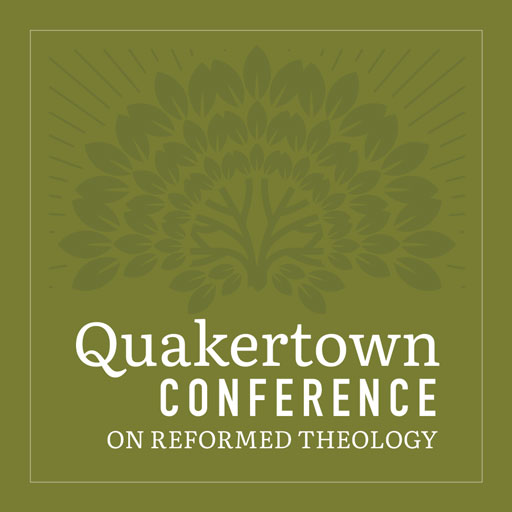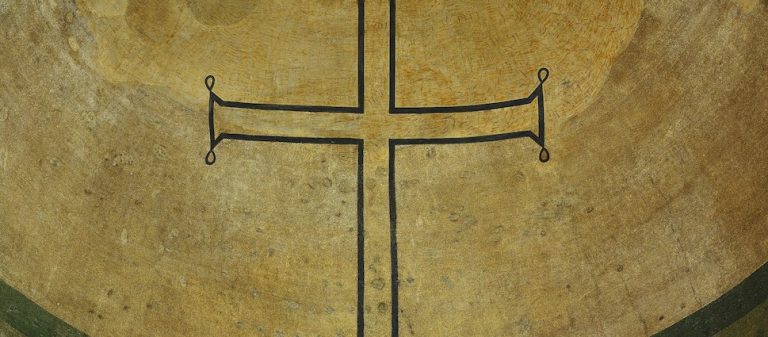 The doctrine of the Trinity is the foundation of the gospel and the heartbeat of Christian faith and life. Before understanding how to apply the doctrine of the Trinity, however, we must understand clearly what this doctrine entails. Theodorus VanderGroe (1705-1784) helps us understand such truths through treating the distinction between the divine persons, followed by the unity of the Godhead.
The doctrine of the Trinity is the foundation of the gospel and the heartbeat of Christian faith and life. Before understanding how to apply the doctrine of the Trinity, however, we must understand clearly what this doctrine entails. Theodorus VanderGroe (1705-1784) helps us understand such truths through treating the distinction between the divine persons, followed by the unity of the Godhead.
Following the Heidelberg Catechism, VanderGroe began his treatment of the doctrine of God with his triunity. Noting God’s incomprensibility, he wrote, “I can give you nothing other than this inferior and imperfect summary of Jehovah God, and happy is he who may have even a small measure of such knowledge!” (1:127) He added that the reason why we assign the names Father, Son, and Spirit to God is that these are the names by which he revealed himself in Scripture (128). He divided this subject into treating these names and the proper work of each person. His first point was that Father receives his name through generating the Son from all eternity. The manner of this generation is simultaneously glorious and incomprehensible (citing John 5:26). He added that the Son receives his name, in turn, by being generated by the Father from all eternity. In an equally glorious and incomprehensible manner, the Spirit derives his name from eternal procession from the Father and the Son (127).
The Catechism next addressed the “extrinsic work” of each person, assigning creation to the Father, redemption to the Son, and sanctification to the Spirit (128). This followed the order of the Apostle’s Creed. This did not mean that the other persons were excluded from the particular works of each person, since all three persons “are equally engaged” in every divine work. This was an appeal to the common teaching of the church that the external works of the Godhead were undivided. This principle is important because it secures the unity of the Trinity even while assigning particular or appropriate works to each divine person. He concluded, “Therefore, they all work concurrently and simultaneously by their common power and eternal Godhead” (128). The particular works of the persons reflect their personal distinctions at work “in the divine economy.” In other words, the eternal order of the persons and how they relate to one another affects how they work in time.
VanderGroe next asserted that the Father originates the work of creation because he is “the eternal fountain and wellspring of the Godhead” (129). He works by his Son and the Father and the Son work together by the Spirit. While some authors, such as John Calvin, objected to calling the Father “the fountain of the Godhead,” most Reformed authors accepted the phrase. Calvin argued that eternal generation referred to the Son’s personhood, but not to his deity, since he thought that this would create subordination among the divine persons. However, the majority of Reformed authors taught that while the Son was God in and of himself, eternal generation entailed an eternal communication of Godhead from the Father to the Son. This applied equally to the procession of the Spirit, to whom the Father communicated deity and personhood through the Son. The reason why these authors did not view this teaching as resulting in inequality among the divine persons was that the Father communicated divine attributes to the other two persons, including self-existence. This was not the same thing as treating the Father as the cause of the divinity of the Son and the Spirit. What is incommunicable to the creation is communicable among the divine persons. Calling the Father the fountain of the Godhead was a means of retaining the eternal order of the persons in the Trinity. All three possess all divine attributes equally, but not in the same way. The idea was that though we can distinguish personhood and essence in the Godhead, we cannot divide them (as Calvin did).
The next question was that if the divine essence is one, how could we speak of God as Father, Son, and Holy Spirit? VanderGroe argued that the fact that there is one God scarcely required proof. He cited only Deut. 6:4, Isa. 44:6, 45:22, and 1 Cor. 8:4 (130). He added that we must remember that we can know the doctrine of the Trinity from Scripture only (131). In arguing for the doctrine from Scripture, he began with the revelation of the divine persons and then moved to their unity as the one true God. Following a long-standing definition, he stated that a person was, “a rational and independent entity, gifted with an intellect and a will” (131). The Father is a person in light of Heb. 1:3. John 5:26 shows that the Son is a person. 1 Cor. 2:10 and 12:11 highlight the personality of the Spirit. These last two texts, in turn, ascribe intellect and will to the Spirit. These persons are not distinct in their divine essence, but only in their personal subsistences and works.
He next added that divine persons are distinguished primarily by their personal properties. VanderGroe summarized, “The personal distinctive of the Father is that he generates the Son, and together with the Son, he causes the Holy Spirit to proceed from him. The personal distinctive of the Son is that he is begotten of the Father, and together with the Father, he also causes the Spirit to proceed from him. The personal distinctive of the Holy Spirit is that he proceeds both from the Father and from the Son” (132). He taught without explanation a distinctively western view of the Trinity by stating that the Spirit proceeds from the Father and the Son instead of from the Father only. He added that though we cannot comprehend such things, we must follow the Scriptures, which reveal that each divine person has his own unique “subsistence and activity” (132).
The fact that there is only one true eternal God comes next in the HC. Assuming the clarity of the Scriptures in relation to this fact, VanderGroe went on to prove the deity of each divine person. Though many Western authors began with the unity of God and moved next to the divine persons, VanderGroe began with the divine persons and then proved that each of them was God from Scripture. This shows that where an author began his treatment of the Trinity was not necessarily an East versus West distinction. The deity of the Father is clear and obvious in Scripture (133). The Scriptures show the deity of the Son through his names, attributes, honor, and works. These were common categories in Reformed theology and Westminster Larger Catechism, Q&A 11 summarizes them well. The same criteria applied to the Spirit (134).
VanderGroe concluded that faith in the doctrine of the Trinity was necessary for salvation. Echoing Calvin, he noted that those who do not believe that God is triune turn him into an idol. He argued that this was the case primarily because the Scriptures taught that this is who God is. (135). This appears to be insufficient, since Scripture teaches many things that are important, but that are not necessary for salvation, such as head coverings and infant baptism. The Scriptures teach that we know the divine persons best through depending on each of them for salvation. However, VanderGroe noted rightly that the most important thing for people to know is who God is, which they cannot do without knowing that he is triune.

 The doctrine of the Trinity is the foundation of the gospel and the heartbeat of Christian faith and life. Before understanding how to apply the doctrine of the Trinity, however, we must understand clearly what this doctrine entails. Theodorus VanderGroe (1705-1784) helps us understand such truths through treating the distinction between the divine persons, followed by the unity of the Godhead.
The doctrine of the Trinity is the foundation of the gospel and the heartbeat of Christian faith and life. Before understanding how to apply the doctrine of the Trinity, however, we must understand clearly what this doctrine entails. Theodorus VanderGroe (1705-1784) helps us understand such truths through treating the distinction between the divine persons, followed by the unity of the Godhead.























